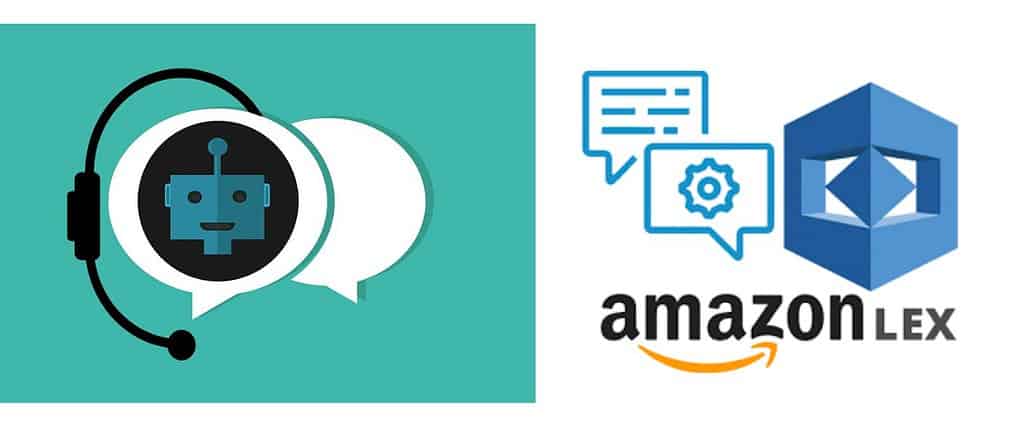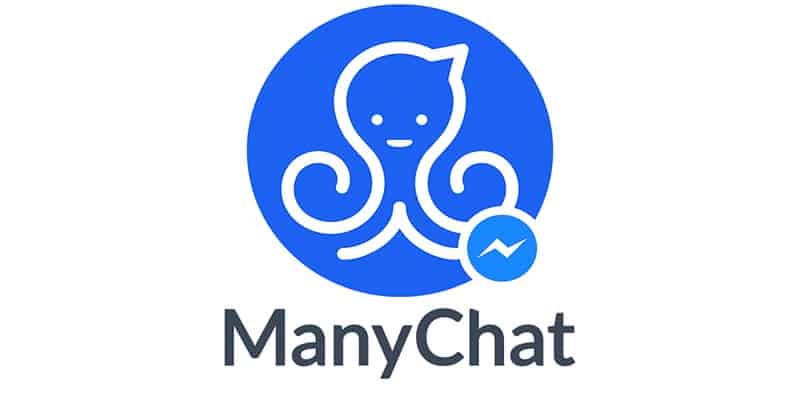Chatbots are revolutionizing the way we interact with technology, providing quick and convenient access to information, services, and products.
With the growing popularity of chatbots, it’s no surprise that there are many chatbot platforms and tools available today.
Need to know more about ChatGPT? I wrote a deep dive article all about ChatGPT – check it out!
Here, we take a look at 10 of ChatGPT’s biggest competitors and rivals in the chatbot world:
IBM Watson Assistant
IBM Watson Assistant is a conversational artificial intelligence (AI) platform that provides businesses with tools for building and deploying chatbots.
It helps organizations automate repetitive tasks and improve customer experience by allowing customers to interact with a virtual assistant through natural language conversations.
With IBM Watson Assistant, businesses can build chatbots that can handle a wide range of tasks, such as answering frequently asked questions, booking appointments, placing orders, and more. The platform uses advanced natural language processing and machine learning techniques to understand the customer’s intent and provide relevant responses.
Additionally, IBM Watson Assistant integrates with other IBM Watson services, such as Watson Discovery and Watson Natural Language Understanding, to provide businesses with advanced capabilities, such as sentiment analysis, content categorization, and more.
In short, IBM Watson Assistant is a comprehensive chatbot platform that helps businesses improve customer engagement and streamline operations through conversational AI technology.
Microsoft Bot Framework
Microsoft Bot Framework is a set of tools and services that enables developers to build and deploy chatbots on a variety of platforms, including Microsoft Teams, Skype, and other popular messaging apps.
The framework provides a range of features and tools to help developers create conversational experiences that are natural, engaging, and helpful for users.
With Microsoft Bot Framework, developers can build chatbots that can understand and respond to user inputs using natural language processing (NLP) and machine learning techniques. The framework also includes a development environment and tools for testing, debugging, and deploying chatbots.
In addition to building chatbots, Microsoft Bot Framework also provides businesses with the ability to connect their chatbots to other services and data sources, such as databases and APIs, to enhance the functionality of their bots.
Microsoft Bot Framework is a comprehensive platform that provides developers with the tools and services they need to build and deploy chatbots on a variety of platforms and enhance their functionality through integration with other services and data sources.
Google Dialogflow
Google Dialogflow is a conversational artificial intelligence (AI) platform developed by Google Cloud. It provides businesses with tools for building and deploying chatbots that can interact with customers through natural language conversations.
With Dialogflow, businesses can build chatbots that can understand and respond to user inputs using natural language processing (NLP) and machine learning techniques. The platform includes a development environment and a range of tools for testing, debugging, and deploying chatbots.
In addition to building chatbots, Dialogflow also provides businesses with the ability to integrate their chatbots with other services and platforms, such as Google Assistant, Facebook Messenger, Slack, and more. This allows businesses to expand the reach of their chatbots and provide customers with convenient, conversational experiences across a range of devices and platforms.

Amazon Lex
Amazon Lex is a conversational artificial intelligence (AI) platform developed by Amazon Web Services (AWS). It provides businesses with tools for building and deploying chatbots that can interact with customers through natural language conversations.
With Amazon Lex, businesses can build chatbots that can understand and respond to user inputs using natural language processing (NLP) and machine learning techniques. The platform includes a development environment and a range of tools for testing, debugging, and deploying chatbots.
In addition to building chatbots, Amazon Lex also provides businesses with the ability to integrate their chatbots with other AWS services, such as Amazon Lambda and Amazon Connect, to enhance the functionality of their bots. This allows businesses to build chatbots that can access data from other services, perform complex operations, and provide customers with a more comprehensive and engaging experience.
Tars
Tars is a conversational artificial intelligence (AI) platform for building and deploying chatbots. It provides businesses with tools for creating chatbots that can interact with customers through natural language conversations, helping to automate repetitive tasks and improve customer experience.
With Tars, businesses can build chatbots that can understand and respond to user inputs using natural language processing (NLP) and machine learning techniques. The platform includes a drag-and-drop interface and a range of tools for testing, debugging, and deploying chatbots.
In addition to building chatbots, Tars also provides businesses with the ability to integrate their chatbots with other services and platforms, such as Facebook Messenger, Slack, and more. This allows businesses to expand the reach of their chatbots and provide customers with convenient, conversational experiences across a range of devices and platforms.
MobileMonkey
MobileMonkey is a chatbot building platform designed for businesses and marketers. It provides tools for creating and deploying chatbots on popular messaging platforms, such as Facebook Messenger, WhatsApp, and SMS. The platform is designed to help businesses improve customer engagement and streamline customer service operations.
With MobileMonkey, businesses can create chatbots that can understand and respond to user inputs using natural language processing (NLP) and machine learning techniques. The platform includes a drag-and-drop interface and a range of tools for testing, debugging, and deploying chatbots.
In addition to building chatbots, MobileMonkey also provides businesses with a range of marketing and engagement tools, such as lead capture forms, opt-in messaging, and broadcast messaging. This allows businesses to use chatbots to not only provide customer support, but also to engage with customers, capture leads, and grow their business.
TensorFlow
TensorFlow is an open-source software library for machine learning and deep learning. It was developed by the Google Brain team and is used for a wide range of applications, including image classification, speech recognition, natural language processing, and more.
TensorFlow provides a flexible and scalable platform for building and deploying machine learning models. It allows developers to define, train, and deploy machine learning models in a variety of environments, including on-premise servers, cloud platforms, and edge devices.
TensorFlow also provides a range of tools and services for visualization, debugging, and performance optimization, making it easier for developers to build and deploy high-performing machine learning models.
Drift
Drift is a conversational marketing and sales platform designed to help businesses connect with their customers and prospects in real-time. It provides a range of tools and services for creating and deploying chatbots and conversational forms, allowing businesses to automate repetitive tasks and improve customer engagement.
With Drift, businesses can create chatbots that can understand and respond to user inputs using natural language processing (NLP) and machine learning techniques. The platform includes a drag-and-drop interface and a range of tools for testing, debugging, and deploying chatbots.
In addition to building chatbots, Drift also provides businesses with a range of sales and marketing tools, such as lead capture forms, email automation, and personalization. This allows businesses to use chatbots to not only provide customer support, but also to engage with customers, capture leads, and grow their business.

ManyChat
ManyChat is a chatbot building platform designed for businesses and marketers. It provides tools for creating and deploying chatbots on popular messaging platforms, such as Facebook Messenger, WhatsApp, and SMS. The platform is designed to help businesses improve customer engagement and streamline customer service operations.
With ManyChat, businesses can create chatbots that can understand and respond to user inputs using natural language processing (NLP) and machine learning techniques. The platform includes a drag-and-drop interface and a range of tools for testing, debugging, and deploying chatbots.
In addition to building chatbots, ManyChat also provides businesses with a range of marketing and engagement tools, such as lead capture forms, opt-in messaging, and broadcast messaging. This allows businesses to use chatbots to not only provide customer support, but also to engage with customers, capture leads, and grow their business.
H2O.ai
H2O.ai is an open-source artificial intelligence and machine learning platform. It provides a range of tools and services for data analysis, predictive modeling, and machine learning. H2O.ai is designed to make it easier for businesses, data scientists, and developers to build and deploy machine learning models and to quickly and easily extract insights from large datasets.
With H2O.ai, businesses can perform a range of tasks, including data cleaning and preparation, feature engineering, model training, and model deployment. The platform provides a range of algorithms and models, including generalized linear models, gradient boosting, random forests, and deep learning, making it suitable for a wide range of use cases.
H2O.ai also provides a range of tools and services for model interpretability, performance optimization, and deployment, making it easier for businesses and data scientists to build and deploy high-performing machine learning models.
Did you know you could make money with AI chatbots and tools? Here are 10 ways you can use ChatGPT AI to run your business and make money!
In conclusion
These are just a few of the many chatbot platforms and tools available today. As the chatbot industry continues to grow and evolve, it’s important for businesses to consider the best platform for their specific needs and requirements.
Whether you’re looking to automate customer service, reach and engage customers, or improve your sales processes, there’s a chatbot platform out there that can help.





